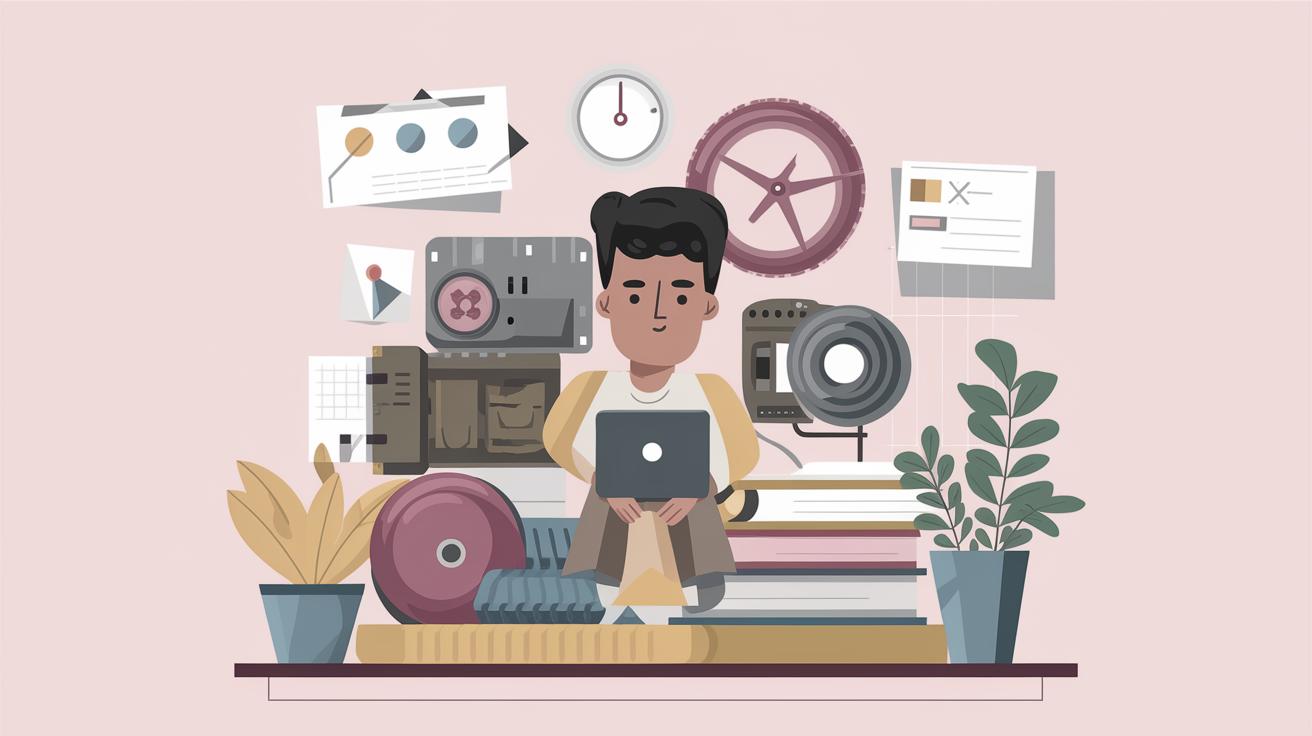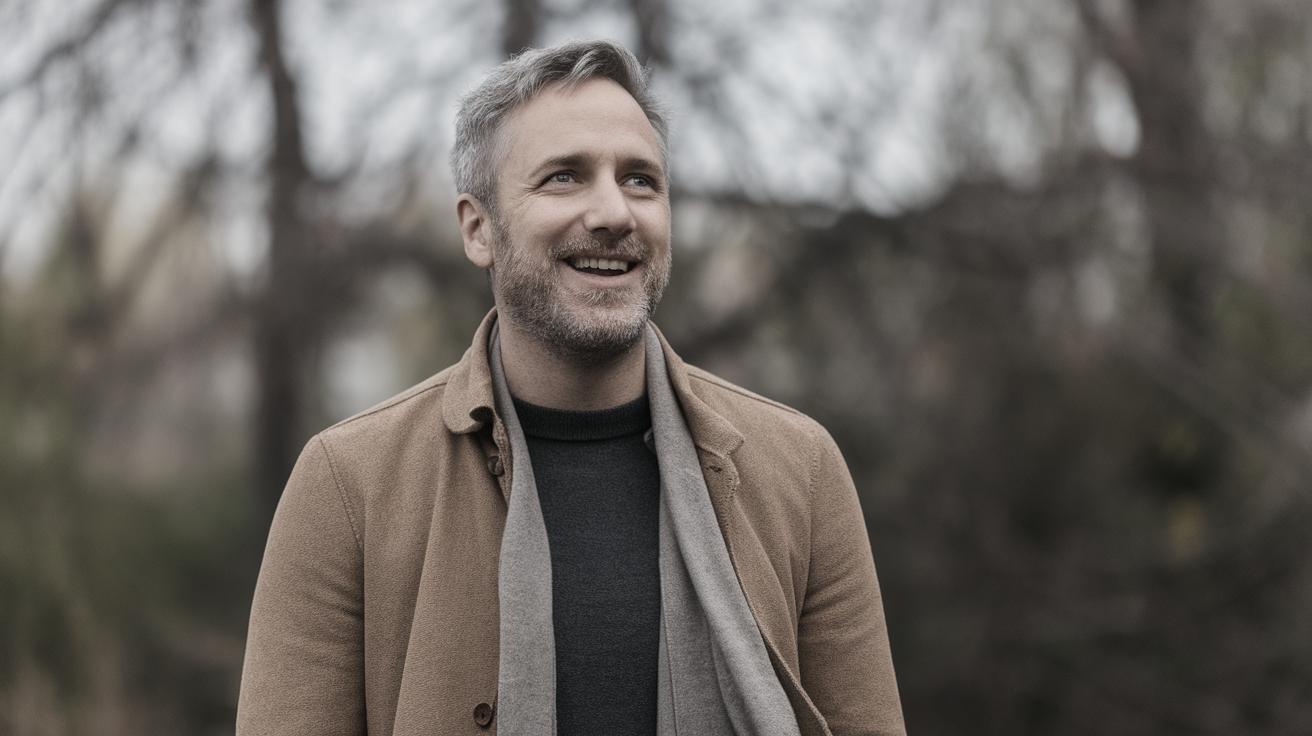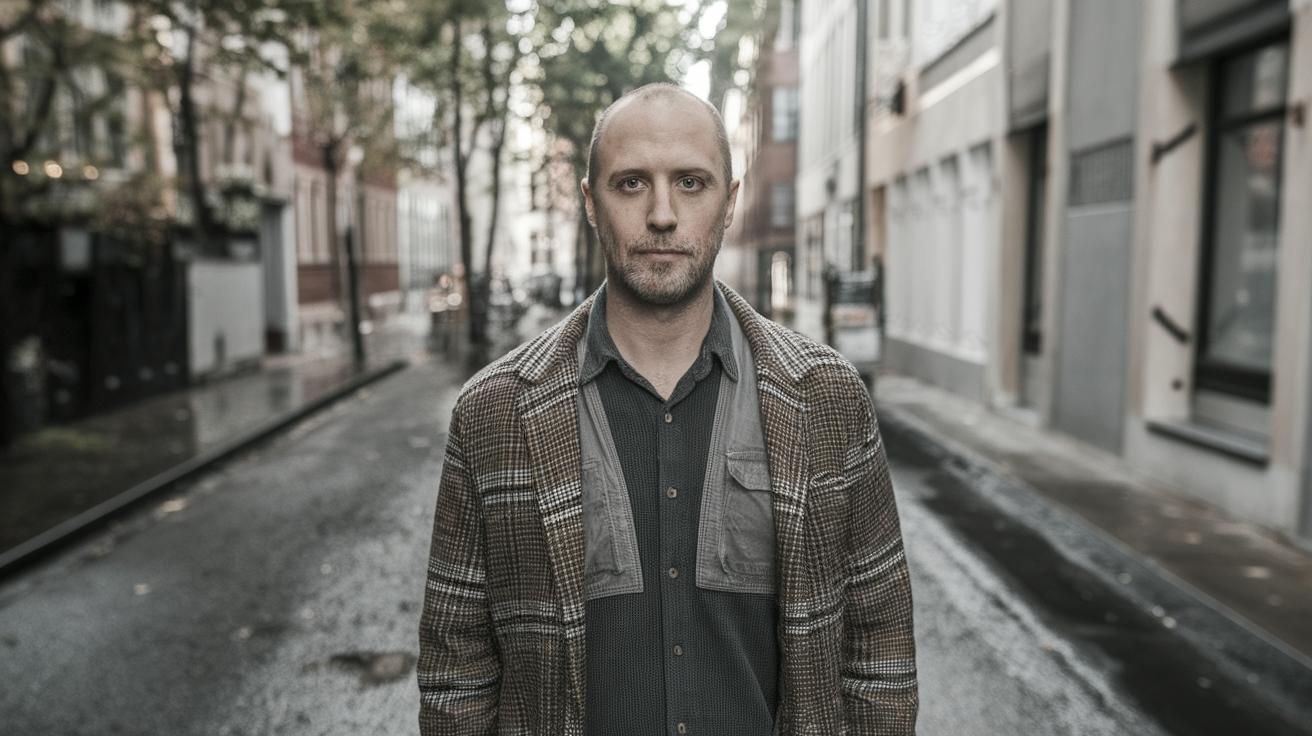The Impact of Editing on Storytelling
Film editing is the quintessential art of cinema that operates primarily in the shadows yet significantly impacts how stories are perceived and felt by audiences. This blog post delves into the myriad ways editing shapes storytelling, enhancing narrative flow, crafting emotional depth, and setting the pace of films. From fundamental editing psychology to practical case studies like “Jaws” and “Whiplash,” we will explore how editors wield their craft as the invisible storytellers—manipulating time, space, and the audience’s emotions. Whether setting suspenseful tones or enriching the emotional journey, editing proves to be the heartbeat of cinematic storytelling. By the end, you’ll gain insights into the editor’s toolbox and how editing subtly yet profoundly influences the reception of film narratives.
The Invisible Art That Shapes Cinema
Editing is often referred to as the invisible art of filmmaking. Unlike other filmmaking elements that are explicitly experienced by the audience, editing is a behind-the-scenes orchestrator that silently dictates the flow and rhythm of a narrative. Its power lies in its ability to shape a story’s emotional impact and ensure continuity while maintaining the illusion that all events unfold seamlessly and naturally.
An editor’s role is not simply to cut film and piece it together but to craft a narrative that resonates with the audience on a deeper psychological and emotional level. Through careful selection and combination of shots, editors enhance storytelling by crafting the pace, controlling the viewer’s attention, and building or releasing tension. In essence, editing becomes a storytelling tool that subtly manipulates time and space, creating a cohesive and compelling final product.
The Basics of Film Editing: Where Mastery Meets Psychology
Fundamental Principles of Editing Psychology
Editing psychology is predicated on the understanding of how viewers process visual and auditory information. Editors proficiently use tools like cuts, transitions, and timing to influence how a story is perceived and understood. Key principles include the manipulation of continuity, time compression or expansion, and the psychological association of images to evoke specific emotions.
These principles help editors control the on-screen reality, determining not only what the audience sees but also how they feel about it. By using visual and auditory cues, editors tap into subconscious responses, guiding audiences through the emotional and narrative arcs designed to maximize storytelling impact.
The Pacing Pendulum ⏱️
Pacing is crucial in film editing, acting as the heartbeat of storytelling. Editors manipulate pacing to create rhythm, evoking sensations of urgency or calmness that keep audiences engaged. Fast-paced sequences generally create tension and excitement, suitable for action scenes, while slower pace allows for the build-up of emotion and character development.
The mastery of pacing lies in finding a balance that serves the story’s needs. A well-timed pause can enhance drama, while rapid cuts can inject adrenaline into the scene. Editors skillfully use pacing to reflect the narrative’s internal rhythm, ensuring that each scene resonates with the intended tone and energy of the story.
The Emotional Rollercoaster 🎢
Editing serves as the emotional architect of a film, with each cut designed to evoke and amplify emotions. By carefully timing cuts and transitions, editors shape viewers’ emotional journeys, guiding them from laughter to tears, dread to relief. This emotional guidance is pivotal in connecting audiences to the on-screen characters and their stories.
Through the deliberate arrangement of sequences, editors can subtly manipulate emotions, ensuring that key moments hit with maximum impact. Whether through juxtaposition, contrast, or repetition, editing becomes an essential part of crafting a memorable and emotionally impactful story.
The Storyteller’s Secret Weapon 🧩
Editors are the secret weapon of storytelling, capable of transforming raw footage into a cohesive and engaging narrative. With mastery over the sequence of events, they shape the story in a way that highlights its themes and messages. Their skillful manipulation of narrative elements allows for creativity in storytelling that transcends the screenplay’s constraints.
Beyond simply connecting shots, editors bring their creative intuition to the table, often making narrative-enhancing decisions that significantly alter the film’s reception. Their input can reposition key scenes, reframe dialogue with visual emphasis, and even rewrite narrative perspectives, showcasing their pivotal role in film storytelling.
The Art of Suspense 😰
Suspense in film is a deliberate editorial construction that captures the audience’s attention and keeps them on the edge of their seats. Editors create suspense through timing, establishing tension that builds anticipation and fear. This is often achieved by controlling the flow of information, strategically revealing and withholding details to put audiences in a state of suspense.
By manipulating visual and auditory cues, editors can create a foreboding atmosphere that amplifies the suspense. Precision in timing and sequencing is crucial for building suspense that evokes both a visceral and emotional response, creating a captivating film experience.
Setting the Mood 🌙
The mood of a film is heavily influenced by its editing. Through sound design, color grading, and pacing, editors establish a film’s atmosphere, setting the emotional stage for every scene. By carefully selecting which shots and transitions to use, editors dictate the overall tone, whether it be romantic, eerie, or exhilarating.
The mood-setting power of editing extends beyond visual elements, incorporating auditory components like music and sound effects to evoke specific emotions. These elements are meticulously woven together to enhance the immersive experience, ensuring that the film’s atmosphere aligns with its narrative and themes.
Audience Engagement 👀
One of the key goals of film editing is to maintain and enhance audience engagement. Editors use various techniques to keep viewers invested in the story, including the strategic use of continuity, rhythm, and emotional cues. By crafting a smooth narrative flow, editors minimize distractions and maintain the audience’s focus on the story.
Engaging editing draws the audience deeper into the narrative, encouraging them to connect with characters and their journeys. The dynamic interplay of shots and sequences keeps viewers stimulated and eager to see more, resulting in an immersive and satisfying cinematic experience.
Emotional Impact: The Heart of Editing
Here’s how developmental editing can enhance your storytelling and voice:
Developmental editing focuses on refining a story’s structure, pacing, and character development, ensuring each element serves the overall narrative effectively. By working closely with filmmakers, editors help shape the story’s arc, adding depth and nuance to characters and plot.
Through developmental editing, a filmmaker’s vision is honed, and the narrative becomes more cohesive. Editors provide feedback on storylines, transitions, and pacing, guiding the transformation of raw footage into a polished final product that resonates with the intended audience. This collaborative process enhances the storytelling quality and allows the filmmaker’s voice to shine through.
Creating Narrative Flow and Pacing in Film: The Rhythm of Storytelling
Narrative flow and pacing are essential components that determine a story’s effectiveness and resonate with audiences. Editing is at the core of achieving these elements, ensuring that the story unfolds seamlessly with a rhythm that matches its emotional tone and narrative style.
By orchestrating the sequence of events and balancing pacing with narrative beats, editors craft a storyline that captures interest and elicits the desired response from viewers. The editor’s artistic judgment brings coherence and harmony, weaving together a narrative tapestry that’s both engaging and unforgettable.
Visual Storytelling Techniques: The Language of Cinema
Editing is an integral part of visual storytelling, which is considered the fundamental language of cinema. Through the arrangement of images, sounds, and transitions, editors construct a visual narrative that communicates themes and emotions beyond spoken dialogue.
Using techniques like montage, cross-cutting, and match cuts, editors create visual metaphors and enhance the symbolic understanding of a film. These techniques enrich the storytelling experience, allowing editors to visually manifest a filmmaker’s vision while connecting emotionally with the audience.
Practical Examples and Case Studies: Editing in Action
“Jaws” (1975)
Steven Spielberg’s “Jaws” is a quintessential example of editing mastery in creating suspense. Verna Fields’ editing work played a significant role in building tension, using quick cuts and timing to maintain a sense of impending danger. By strategically revealing the shark, the editor intensified suspense, making viewers anticipate its next appearance.
The pacing in “Jaws” is meticulously crafted to keep audiences on edge. The editor’s choice to blend slower scenes with bursts of rapid activity exemplifies the delicate balance between building tension and delivering shock, resulting in a thriller that remains impactful decades after its release.
“Saving Private Ryan” (1998)
The editing of “Saving Private Ryan” is noted for its visceral representation of war, particularly in the opening D-Day sequence. Editor Michael Kahn employed a documentary style, using rapid cuts and shaky camera techniques to convey the chaos and intensity of battle, immersing viewers in a harrowing experience.
The seamless integration of combat scenes with quieter moments of character development showcases the editors’ ability to maintain narrative flow while delivering emotional depth. This editing approach enhances the film’s authenticity and dramatic impact, solidifying its place as a war cinema landmark.
“Memento” (2000)
Christopher Nolan’s “Memento” is renowned for its non-linear storytelling, largely achieved through innovative editing. The film’s backward narrative structure, crafted by editor Dody Dorn, challenges audience perception and invites deeper engagement with the protagonist’s experience of memory loss.
By alternating between two timelines, the editor effectively reconstructs the narrative’s flow, heightening suspense and intrigue. This inventive use of editing techniques not only enhances the story but also reinforces the film’s themes of memory and identity, leaving a lasting impact on viewers.
“Whiplash” (2014)
“Whiplash” exemplifies how editing can drive narrative intensity and emotion. Tom Cross’ editing work involves rapid cuts and precise timing that mirror the protagonist’s escalating obsession and tension during performances. The editing style intensifies the film’s dramatic beats, drawing viewers into the protagonist’s relentless pursuit of perfection.
The editor’s meticulous synchronization of visual and auditory elements accentuates the film’s theme of ambition versus sanity. By portraying the protagonist’s mental and emotional state through dynamic editing, “Whiplash” becomes an exhilarating exploration of artistic passion and psychological cost.
Next Steps
| Aspect | Description |
|---|---|
| The Invisible Art That Shapes Cinema | Editing is the hidden force that shapes film narratives, influencing continuity, emotion, and storytelling impact. |
| The Basics of Film Editing: Where Mastery Meets Psychology | Editors use foundational principles to manipulate viewer perception, evoke emotions, and control pacing. |
| Emotional Impact: The Heart of Editing | Developmental editing refines storytelling by enhancing structure and emotional resonance. |
| Creating Narrative Flow and Pacing in Film | Editors craft seamless narrative rhythms that match story tone and engage audiences. |
| Visual Storytelling Techniques | Editing as a visual language conveys themes and emotions beyond dialogue. |
| Practical Examples and Case Studies | Films like “Jaws” and “Whiplash” illustrate the transformative power of editing in storytelling. |


